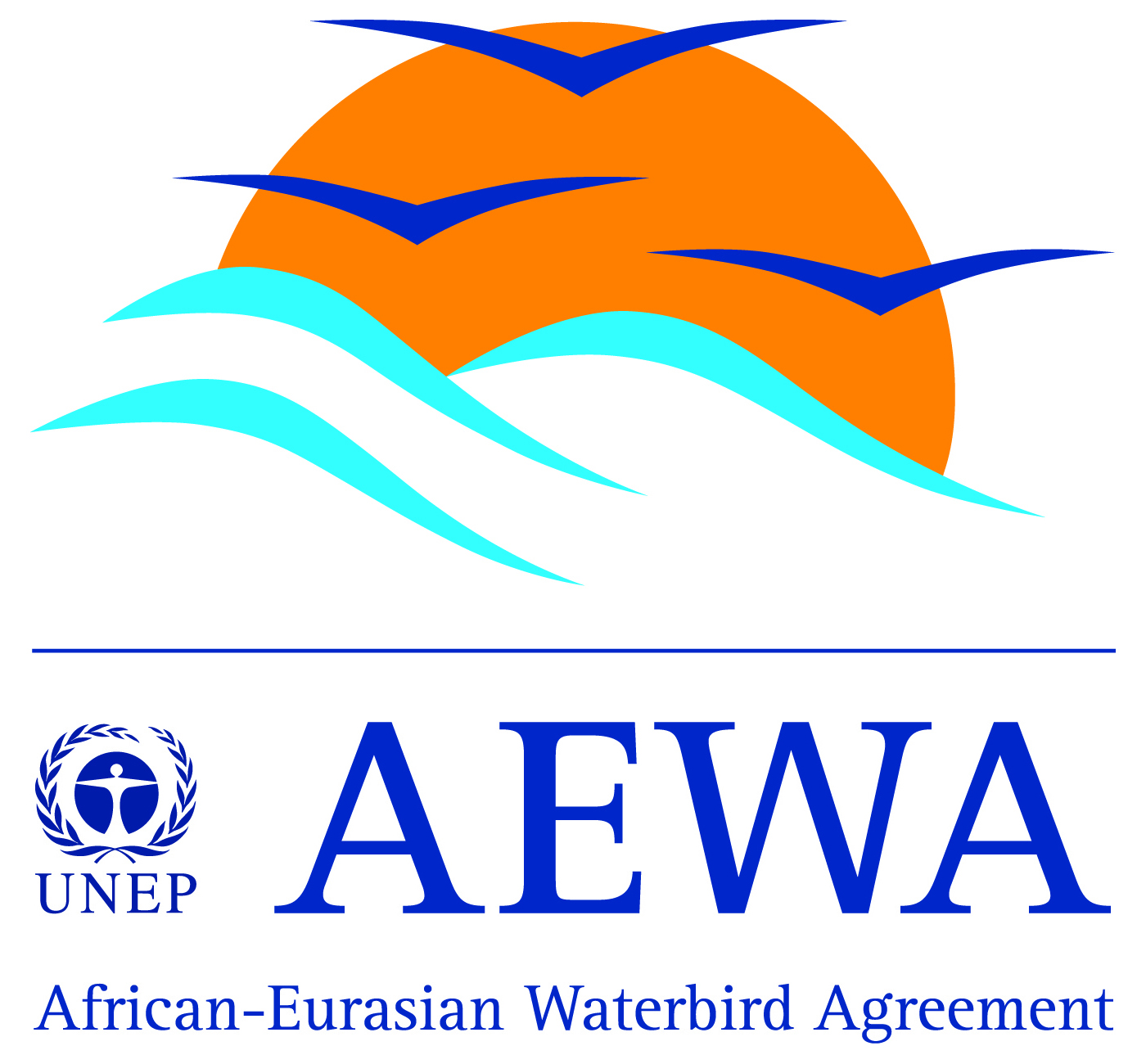Comparative foraging and nutrition of horses and cattle in European wetlands
-
Published source details
Menard C., Duncan P., Fleurance G., Georges J. & Lila M. (2002) Comparative foraging and nutrition of horses and cattle in European wetlands. Journal of Applied Ecology, 39, 120-133.
Published source details Menard C., Duncan P., Fleurance G., Georges J. & Lila M. (2002) Comparative foraging and nutrition of horses and cattle in European wetlands. Journal of Applied Ecology, 39, 120-133.
Summary
In the Carmargue, an internationally important wetland in southern France, grazing by horses and cattle is used for conservation management. Free-ranging animals were studied in an extensive year-round grazing system with diverse vegetation including both wetland and dry habitats to assess habitat use and niche overlap. This information could then subsequently used to make more informed decisions regarding grazing regimes.
Study site: The study was conducted from November 1989 to January 1991, on a 346 ha pasture in the Tour du Valat estate, in the Camargue wetland, southern France. The area contained a wide range of semi-natural habitats (grasslands, salt flats and wetlands) and abandoned arable fields. The climate is typically Mediterranean, with average annual precipitation of 614 mm; rainfall in the year when the data were collected was 531 mm.
Grazing animals: The experimental herd consisted of horses and cattle adapted to extensive grazing: Horses - Camargue mares (c. 400 kg after foaling) with foals; Cows - three ancient breeds: Camargue, Toro de lidia × Camargue cross and Aure et Saint Girons, weighing up to 300, 400 and 600 kg, respectively.
There were 15 adult females of each, plus four to 12 1-2-year-olds. A stallion and a bull were introduced each spring so that births occurred between late February and early May simultaneously for both cattle and horses. The numbers were managed so that there was always enough forage.
Data collection: The herds were visited on foot and habitat use determined from scan samples. Results of two series of observations over 24 h showed that daytime and 24 h data provided similar estimates. Subsequent observations were therefore made during daylight hours. The plants eaten by eight cows and eight mares that could be approached to within 5 m were determined by bite counts (60–150 per individual per season – spring, summer, autumn, winter) and allocated to plant species. Where it was not possible to allocate a bite to a single species bites they were allocated to coarse grasses (Brachypodium, Dactylis, Agropyron etc.) or herb-rich grassland (a mixture of annual and perennial grasses, forbs).
Horses and cattle fed in all vegetation types. Cattle spent over 40% and horses over 65% of their time in marshes in summer. In winter both spent about 75% of their time in the grasslands, horses principally in heavily grazed old-fields, cattle in natural grasslands. The old-field grasslands and marshes (covering <10% of the area), were used for 46% (horses) and 49% (cattle) of the annual grazing time. These habitats had the highest livestock densities in all four seasons.
Both horses and cattle showed selection for old-field grasslands in all seasons plus one or more marsh type in summer and autumn. Horses selected more marsh types, and for more of the year, than cattle, but in spite of this, foraging behaviour and overlap in habitat use was high in the warmer seasons (0.69–0.81), dropping to 0.58 in winter.
In winter principal food plants for horses and cattle comprised coarse grasses and Paspalum paspaloides, herb-rich swards, Halimione portulacoides and some Arthrocnemum. The cattle also ate Phillyrea angustifolia (> 10% of the winter diet in natural grasslands), Limonium vulgare (flowers) and L. bellidifolium (whole plants). Overlap in plant use was high (0.84–0.98).
In spring, diets were predominantly coarse grasses, Bolboschoenus maritimus, P.paloides, Juncus gerardii, Alopecurus bulbosus and reed Phragmites australis. Both also used herb-rich swards and H.portulacoides. When feeding in marshes (where few species and virtually no dicotyledons), diets were very similar, although the cattle ate reedmace Typha angustifolia and water plantain Alisma plantago-aquatica which horses did not. In grasslands however, there was a significant difference in plant use, with horses eating more coarse grasses and cattle more herb-rich swards and clover Trifoliom.
In summer and autumn the same species were used (except H.portulacoides and J.gerardii) and overlap was 0.80–0.98, except in the old-field grasslands where the difference between the diet of the two species involved the same species as in spring.
Conclusions: The main difference between horse and cattle diet was that cattle ate more broadleaved plants, especially P.angustifolia in winter, and herb-rich swards and clovers in the warmer seasons, whilst perennial monocotyledons which formed a greater part of the diets of horses. Horses used marshes intensively during the warmer seasons; both cattle and horses used grasslands intensively throughout the year. Niche breadth was similar and overlap was high.
Note: If using or referring to this published study, please read and quote the original paper. The original paper can be viewed at: http://blackwellpublishing.com/submit.asp?ref=0021-8901
Output references
|
|





)_2023.JPG)














